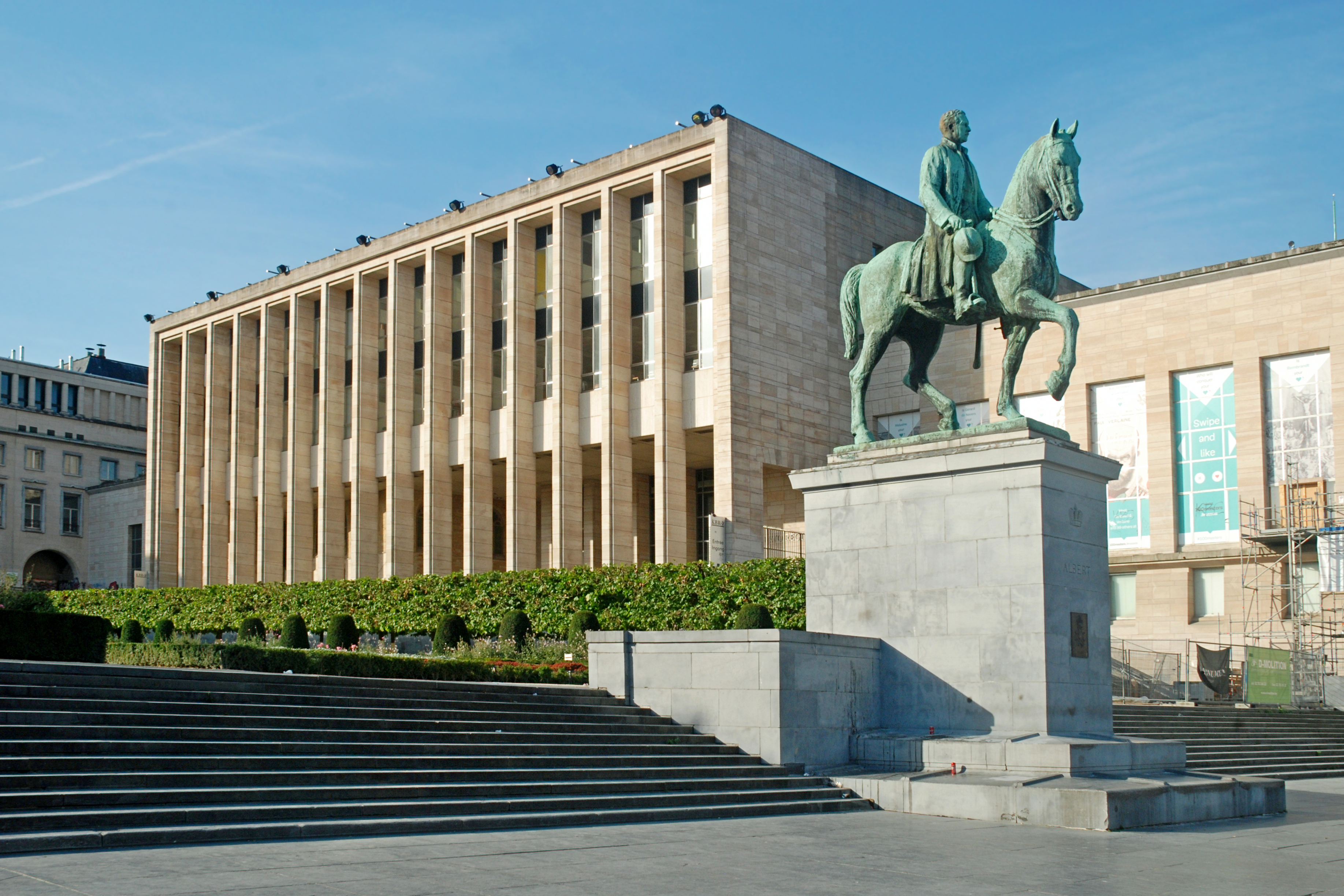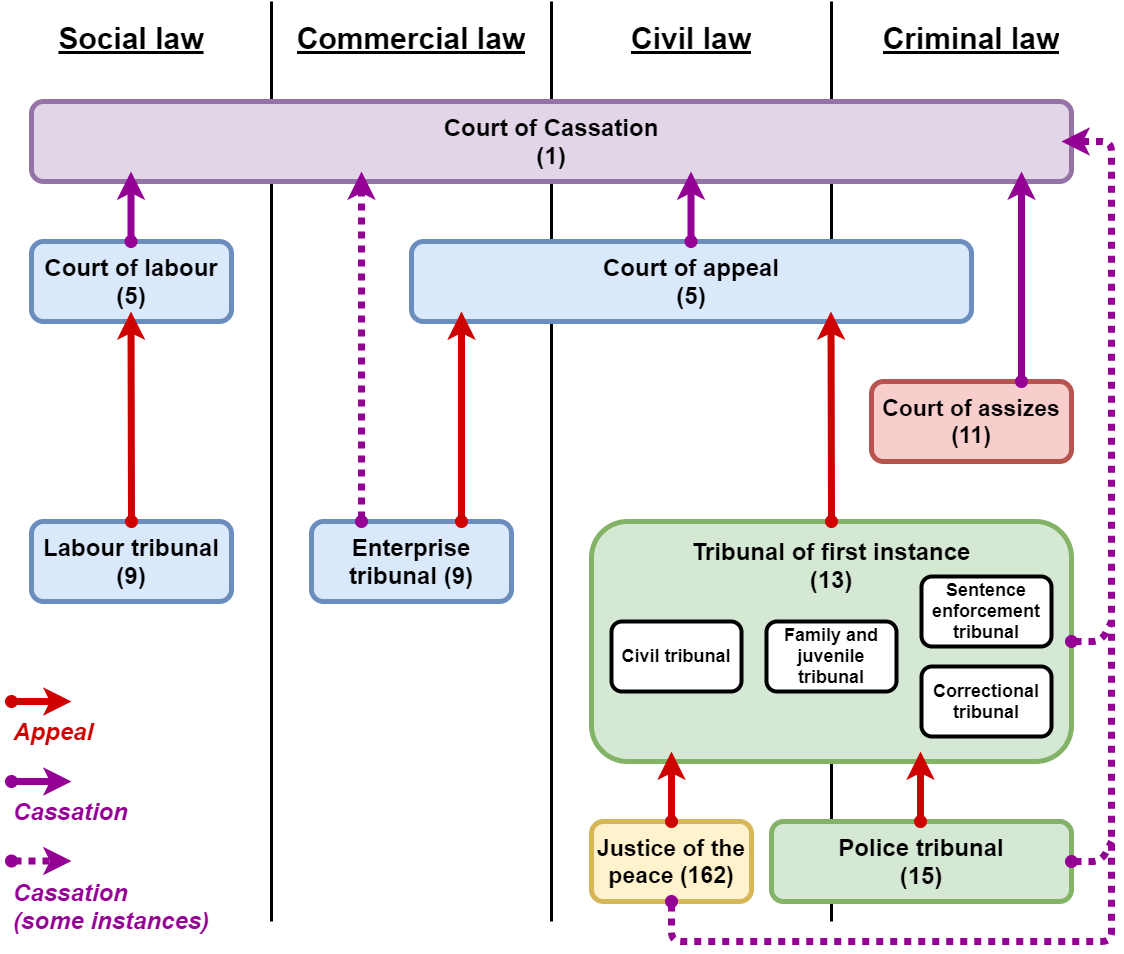|
Raad Van Vlaanderen (World War I)
The Council of Flanders ( nl, Raad van Vlaanderen, or RVV) was formed by members of the "activist" or "maximalist" faction of the Flemish Movement in German-occupied Belgium on 4 February 1917 with tacit German support. Its founders, who included Pieter Tack and August Borms, wanted to realize the independence of Flanders from Belgium using German support provided as part of the ''Flamenpolitik''. The Council originally included 46 members, but eventually expanded to include 93. Despite hopes that the council would be allowed full legislative powers, it never became more than a consultative body. It also suffered from internal factionalism and infighting. Its members were broadly supported by the Germans but were condemned by other '' flamingants'' and the Catholic Church. The Germans subsequently made Flanders and Wallonia separate administrative regions in June 1917. However, the appointment of Georg von Hertling as German Chancellor in November 1917 who opposed the ''Flam ... [...More Info...] [...Related Items...] OR: [Wikipedia] [Google] [Baidu] |
Raad Van Vlaanderen
The Council of Flanders ( nl, Raad van Vlaanderen, or RVV) was formed by members of the "activist" or "maximalist" faction of the Flemish Movement in German-occupied Belgium on 4 February 1917 with tacit German support. Its founders, who included Pieter Tack and August Borms, wanted to realize the independence of Flanders from Belgium using German support provided as part of the ''Flamenpolitik''. The Council originally included 46 members, but eventually expanded to include 93. Despite hopes that the council would be allowed full legislative powers, it never became more than a consultative body. It also suffered from internal factionalism and infighting. Its members were broadly supported by the Germans but were condemned by other '' flamingants'' and the Catholic Church. The Germans subsequently made Flanders and Wallonia separate administrative regions in June 1917. However, the appointment of Georg von Hertling as German Chancellor in November 1917 who opposed the ''Flam ... [...More Info...] [...Related Items...] OR: [Wikipedia] [Google] [Baidu] |
Antwerp
Antwerp (; nl, Antwerpen ; french: Anvers ; es, Amberes) is the largest city in Belgium by area at and the capital of Antwerp Province in the Flemish Region. With a population of 520,504,Statistics Belgium; ''Loop van de bevolking per gemeente'' (Excel file) Population of all municipalities in Belgium, . Retrieved 1 November 2017. it is the most populous municipality in Belgium, and with a metropolitan population of around 1,200,000 people, it is the second-largest metrop ... [...More Info...] [...Related Items...] OR: [Wikipedia] [Google] [Baidu] |
1917 Establishments In Belgium
Events Below, the events of World War I have the "WWI" prefix. January * January 9 – WWI – Battle of Rafa: The last substantial Ottoman Army garrison on the Sinai Peninsula is captured by the Egyptian Expeditionary Force's Desert Column. * January 10 – Imperial Trans-Antarctic Expedition: Seven survivors of the Ross Sea party were rescued after being stranded for several months. * January 11 – Unknown saboteurs set off the Kingsland Explosion at Kingsland (modern-day Lyndhurst, New Jersey), one of the events leading to United States involvement in WWI. * January 16 – The Virgin Islands, Danish West Indies is sold to the United States for $25 million. * January 22 – WWI: United States President Woodrow Wilson calls for "peace without victory" in Germany. * January 25 ** WWI: British armed merchantman is sunk by mines off Lough Swilly (Ireland), with the loss of 354 of the 475 aboard. ** An anti-prostitution drive in Prostitution in t ... [...More Info...] [...Related Items...] OR: [Wikipedia] [Google] [Baidu] |
Belgian Government At Sainte-Adresse
The De Broqueville government in Sainte-Adresse refers to two successive Belgian governments, led by Charles de Broqueville, which served as governments in exile during the German occupation of Belgium in World War I. They were based in Le Havre in northern France after October 1914. The first government, known as the First de Broqueville government, was a Catholic government which elected in 1911 and continued until 1916, when it was joined by Socialists and Liberals expanding it into the Second de Broqueville government which would last until 1 June 1918. In November 1914, the vast majority of Belgian territory (2,598 out of 2,636 communes) was under German occupation. The only portion of Belgium that remained controlled by the Kingdom of Belgium in exile was the strip of territory behind the Yser Front. Exile in Le Havre In October 1914, the government moved to the French coastal city of Le Havre. It was established in the large ''Immeuble Dufayel'' ("Dufayel Building"), b ... [...More Info...] [...Related Items...] OR: [Wikipedia] [Google] [Baidu] |
Belgian Army
The Land Component ( nl, Landcomponent, french: Composante terre) is the land branch of the Belgian Armed Forces. The King of the Belgians is the commander in chief. The current chief of staff of the Land Component is Major-General Pierre Gérard. Ranks in use by the Belgian Army are listed at Belgian military ranks. History Organisation 1870s According to the Law of 16 August 1873, the army was to consist of: Infantry *14 regiments of line infantry (three active battalions, one reserve and one company in each regiment depot) *3 regiments of Jäger (military), Jäger (three active battalions, one reserve and one company in each regiment depot) *1 regiment of grenadiers (three active battalions, one reserve and one company in each regiment depot) *1 regiment of Carabinier (four active battalions, 2 reserve and 1 depot company of deposit) *2 companies settled *1 discipline body *1 military school for children of servicemen Note: a battalion (864 men) consists of four c ... [...More Info...] [...Related Items...] OR: [Wikipedia] [Google] [Baidu] |
Albert I Of Belgium
Albert I (8 April 1875 – 17 February 1934) was King of the Belgians from 23 December 1909 until his death in 1934. Born in Brussels as the fifth child and second son of Prince Philippe, Count of Flanders and Princess Marie of Hohenzollern-Sigmaringen, Albert succeeded his uncle, Leopold II, to the Belgian throne in 1909. He married Elisabeth of Bavaria, with whom he had three children. Albert ruled during an eventful period in the history of Belgium, which included the period of World War I (1914–1918), when most of Belgium was occupied by German forces. Other crucial events of his reign included the adoption of the Treaty of Versailles in June 1919, the ruling of the Belgian Congo as an overseas possession of Belgium along with the League of Nations mandate of Ruanda-Urundi, the reconstruction of Belgium following the war, and the first five years of the Great Depression (1929–1934). Albert died in a mountaineering accident in eastern Belgium in 1934, at the age ... [...More Info...] [...Related Items...] OR: [Wikipedia] [Google] [Baidu] |
Court Of Cassation (Belgium)
The Court of Cassation ( nl, Hof van Cassatie, french: Cour de cassation, german: Kassationshof) of Belgium is the supreme court of the judiciary of Belgium, Belgian judiciary. The court is composed of thirty judges with life tenure who are nominated by the High Council of Justice (Belgium), High Council of Justice of Belgium and appointed by the Federal Government of Belgium, Belgian federal government. The court handles cases in the two main languages of Belgium, Dutch and French, and provides certain facilities for cases in German. The court is assisted in its work by a public prosecutor's office and a bar association, which both function separately from other structures. The duty of the public prosecutor's office is to provide advisory opinions to the court on how the law ought to be interpreted and applied. The Lawyer, attorneys of the court's bar association assist litigants in proceedings before the court; in certain cases, their assistance is mandatory. The Belgian Court of ... [...More Info...] [...Related Items...] OR: [Wikipedia] [Google] [Baidu] |
Court Of Appeal (Belgium)
The courts of appeal ( nl, hof van beroep, french: cour d'appel, german: Appellationshof) are the main appellate courts in the judicial system of Belgium, which hear appeals against judgements of the tribunals of first instance, the enterprise tribunals and the presidents of those tribunals in their judicial area. There are five courts of appeal for each of the five judicial areas, which are the largest geographical subdivisions of Belgium for judicial purposes. The division of the Belgian territory into the five judicial areas (Antwerp, Brussels, Ghent, Liège and Mons) is laid down in article 156 of the Belgian Constitution. A judicial area covers multiple judicial arrondissements ("districts"), except for the judicial area of Mons. Each arrondissement has a tribunal of first instance. Further below, an overview is provided of the five courts of appeal and the judicial arrondissements their judicial area covers. It is important to note that the courts of appeal do not hear a ... [...More Info...] [...Related Items...] OR: [Wikipedia] [Google] [Baidu] |
Tienen
Tienen (; french: Tirlemont ) is a city and municipality in the province of Flemish Brabant, in Flanders, Belgium. The municipality comprises Tienen itself and the towns of Bost, Goetsenhoven, Hakendover, Kumtich, Oorbeek, Oplinter, Sint-Margriete-Houtem and Vissenaken. On 1 January 2017, Tienen had a total population of 34,365. The total area is which gives a population density of . History In the early Middle Ages, the town was probably ruled by an old German family Thienen. During the 1635 to 1659 Franco-Spanish War, Tienen was part of the Spanish Netherlands and was captured by a combined Franco-Dutch army in May 1635. Its capture resulted in one of the most serious atrocities of the Dutch Revolt; the town was sacked, over 200 civilians killed and many buildings damaged, including Catholic churches and monasteries. This ended Dutch prospects of winning over the predominantly Catholic population of the Southern Netherlands. After the 1714 Treaty of Utrecht, the town ... [...More Info...] [...Related Items...] OR: [Wikipedia] [Google] [Baidu] |
Mechelen
Mechelen (; french: Malines ; traditional English name: MechlinMechelen has been known in English as ''Mechlin'', from where the adjective ''Mechlinian'' is derived. This name may still be used, especially in a traditional or historical context. The city's French name ' had also been used in English in the past (in the 19th and 20th century) however this has largely been abandoned. Meanwhile, the Dutch derived ' began to be used in English increasingly from late 20th century onwards, even while ''Mechlin'' remained still in use (for example a ''Mechlinian'' is an inhabitant of this city or someone seen as born-and-raised there; the term is also the name of the city dialect; as an adjective ''Mechlinian'' may refer to the city or to its dialect.) is a city and municipality in the province of Antwerp in the Flemish Region of Belgium. The municipality comprises the city of Mechelen proper, some quarters at its outskirts, the hamlets of (adjacent) and (a few kilometers away), as ... [...More Info...] [...Related Items...] OR: [Wikipedia] [Google] [Baidu] |
Flemish Movement
The Flemish Movement ( nl, Vlaamse Beweging) is an umbrella term which encompasses various political groups in the Belgian region of Flanders and, less commonly, in French Flanders. Ideologically, it encompasses groups which have sought to promote Flemish culture and Dutch language as well as those who have sought greater political autonomy for Flanders within Belgium. It also encompasses nationalists who have sought the secession of Flanders from Belgium, either through outright independence or unification with the Netherlands. In the 19th century, the Flemish Movement emerged around a form of cultural patriotism which celebrated Flemish traditions and history and sought equal status for Dutch in the Belgian nation-state, often under the auspices of the Catholic Church. Although gaining many of its initial objectives, it became increasingly radical in the aftermath of World War I. Inspired by authoritarian and fascist politics, it was widely discredited for its association wi ... [...More Info...] [...Related Items...] OR: [Wikipedia] [Google] [Baidu] |






